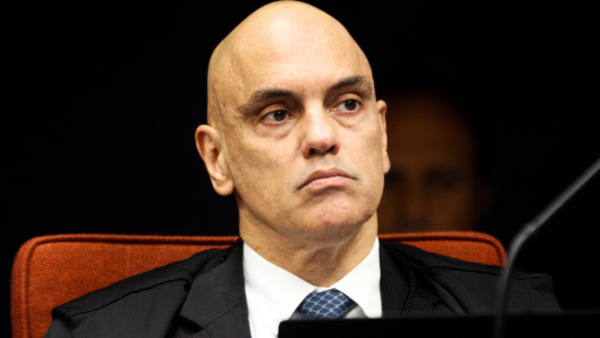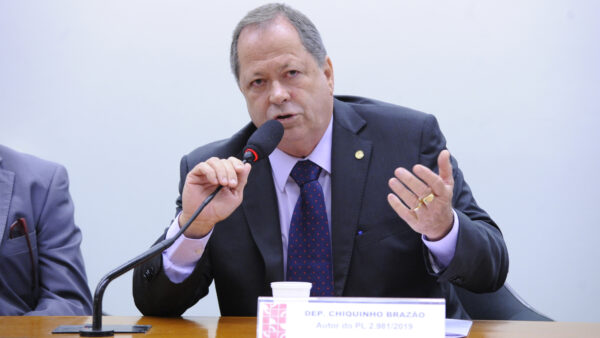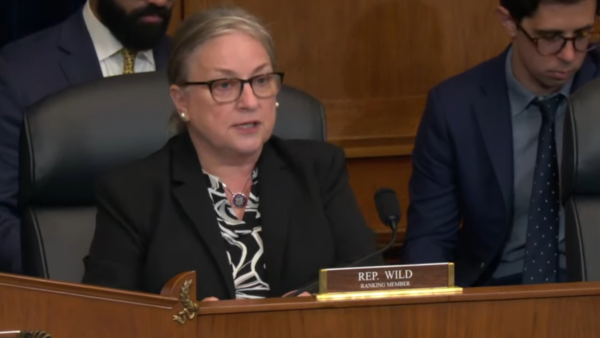The Brazilian investment fund market recorded more withdrawals than investments in 2022 and 2023, marking the first time that has happened in two consecutive years.
Data from Anbima, the Brazilian Association of Financial and Capital Market Entities, published on Tuesday indicates that investors removed BRL 127.86 billion (USD 26.1 billion) from their funds last year — the second-largest amount on record. Only in 2022 did withdrawals amount to higher amounts (BRL 129.21 billion).
“Multimarket” funds (those that unite investment strategies in both fixed-income and equity assets) led these withdrawals (BRL 134.32 billion). Stock funds, foreign exchange funds, and ETFs (global exchange-traded funds) also suffered withdrawals.
In the opposite direction, only pension funds and the so-called structured funds, also known as alternative funds that bring together equity funds (FIPs) and credit rights funds (FDICs), raised more investments than they lost.
In 2023, while most Brazilians scrapped their savings, those with money to invest preferred less risky alternatives to do so. Despite the beginning of the monetary easing cycle, the benchmark interest rate remained high, encouraging investors to look more at fixed-income securities, exempt from income tax, as the best options.
In addition to good earnings, these securities do not require the payment of high performance or management fees as investment funds do. According to Q3 data, the so-called Real Estate Credit Letters (LCIs) were the fixed-income securities that attracted the most individual investments until September last year, with deposits growing 41 percent to BRL 330.1 billion.


 Search
Search











































